使用YOLOv8进行训练和评估 防震锤缺陷检测数据集防震锤数据集 1000张 防震锤 带标注 voc yolo 2 类 目标检测
防震锤缺陷检测数据集 1000张 防震锤 带标注 voc yolo分类名: (图片张数, 标注个数)添加图片注释,不超过 140 字(可选)none_ defect ive:(636,1 808)defective: (831, 933)总数:(1000,2741)总类(nc): 2类添加图片注释,不超过 140 字(可选)添加图片注释,不超过 140 字(可选)数据集介绍数据集概述数据集名称:A
防震锤缺陷检测数据集 1000张 防震锤 带标注 voc yolo分类名: (图片张数, 标注个数)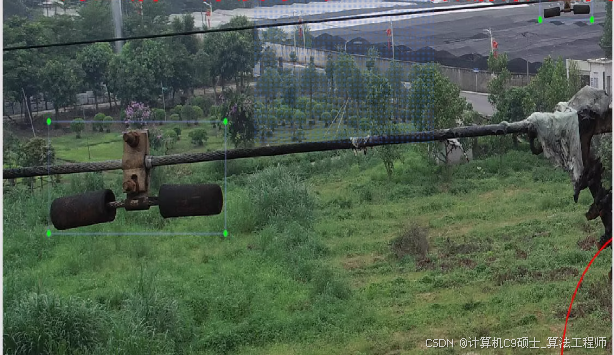
none_ defect ive:
(636,1 808)
defective: (831, 933)
总数:
(1000,2741)
总类(nc): 2类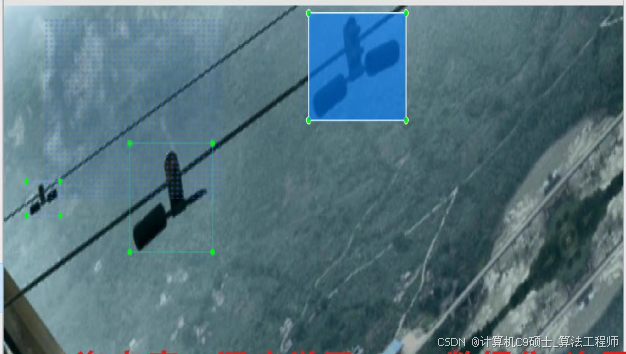
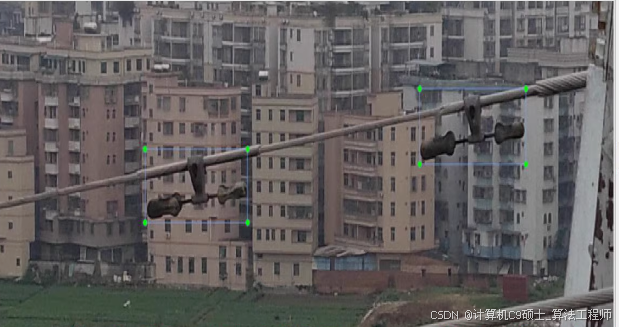
使用YOLOv8进行训练的完整步骤。我们将确保所有步骤都是一键运行的,以便你可以轻松地进行模型训练和评估。
数据集介绍
数据集概述
- 数据集名称:Anti-Vibration Hammer Defect Detection Dataset (AVHDDD)
- 数据类型:图像
- 目标任务:防震锤缺陷检测
- 样本数量:1000张图像
- 标注格式:VOC (XML) 和 YOLO (TXT)
- 类别:2类
- 无缺陷 (none_defective)
- 缺陷 (defective)
数据集统计
- 无缺陷 (none_defective):636张图像,1808个框
- 缺陷 (defective):831张图像,933个框
- 总计:1000张图像,2741个框
数据集目录结构
AVHDDD/
├── images/
│ ├── train/
│ └── val/
├── labels_voc/
│ ├── train/
│ └── val/
├── labels_yolo/
│ ├── train/
│ └── val/
└── data.yaml
数据集配置文件
创建一个data.yaml文件,配置数据集的路径和类别信息:
path: ./AVHDDD # 数据集路径
train: images/train # 训练集图像路径
val: images/val # 验证集图像路径
nc: 2 # 类别数
names: ['none_defective', 'defective'] # 类别名称
转换标注格式
假设标注文件是VOC格式的XML文件,我们需要将它们转换为YOLO格式的TXT文件。
转换脚本
import xml.etree.ElementTree as ET
import os
def convert_voc_to_yolo(voc_file, yolo_file, class_names):
tree = ET.parse(voc_file)
root = tree.getroot()
width = int(root.find('size/width').text)
height = int(root.find('size/height').text)
with open(yolo_file, 'w') as f:
for obj in root.findall('object'):
class_name = obj.find('name').text
if class_name not in class_names:
continue
class_id = class_names.index(class_name)
bbox = obj.find('bndbox')
x_min = float(bbox.find('xmin').text)
y_min = float(bbox.find('ymin').text)
x_max = float(bbox.find('xmax').text)
y_max = float(bbox.find('ymax').text)
x_center = (x_min + x_max) / 2.0 / width
y_center = (y_min + y_max) / 2.0 / height
w = (x_max - x_min) / width
h = (y_max - y_min) / height
f.write(f"{class_id} {x_center} {y_center} {w} {h}\n")
def convert_all_voc_to_yolo(voc_dir, yolo_dir, class_names):
os.makedirs(yolo_dir, exist_ok=True)
for filename in os.listdir(voc_dir):
if filename.endswith('.xml'):
voc_file = os.path.join(voc_dir, filename)
yolo_file = os.path.join(yolo_dir, filename.replace('.xml', '.txt'))
convert_voc_to_yolo(voc_file, yolo_file, class_names)
if __name__ == "__main__":
class_names = ['none_defective', 'defective']
voc_train_dir = 'AVHDDD/labels_voc/train'
yolo_train_dir = 'AVHDDD/labels_yolo/train'
convert_all_voc_to_yolo(voc_train_dir, yolo_train_dir, class_names)
voc_val_dir = 'AVHDDD/labels_voc/val'
yolo_val_dir = 'AVHDDD/labels_yolo/val'
convert_all_voc_to_yolo(voc_val_dir, yolo_val_dir, class_names)
YOLOv8训练代码
-
安装YOLOv8库和依赖项:
git clone https://github.com/ultralytics/ultralytics.git cd ultralytics pip install -r requirements.txt -
训练模型:
from ultralytics import YOLO def train_model(data_yaml_path, model_config, epochs, batch_size, img_size, augment): # 加载模型 model = YOLO(model_config) # 训练模型 results = model.train( data=data_yaml_path, epochs=epochs, batch=batch_size, imgsz=img_size, augment=augment ) # 保存模型 model.save("runs/train/avhddd/best.pt") if __name__ == "__main__": data_yaml_path = 'AVHDDD/data.yaml' model_config = 'yolov8n.yaml' epochs = 100 batch_size = 16 img_size = 640 augment = True train_model(data_yaml_path, model_config, epochs, batch_size, img_size, augment)
详细解释
-
安装YOLOv8和依赖项:
- 克隆YOLOv8仓库并安装所有必要的依赖项。
-
训练模型:
- 导入YOLOv8库。
- 加载模型配置文件。
- 调用
model.train方法进行训练。 - 保存训练后的最佳模型。
运行训练脚本
将上述脚本保存为一个Python文件(例如train_yolov8_avhddd.py),然后运行它。
python train_yolov8_avhddd.py
评估模型
- 评估模型:
from ultralytics import YOLO def evaluate_model(data_yaml_path, weights_path, img_size, conf_threshold): # 加载模型 model = YOLO(weights_path) # 评估模型 results = model.val( data=data_yaml_path, imgsz=img_size, conf=conf_threshold ) # 打印评估结果 print(results) if __name__ == "__main__": data_yaml_path = 'AVHDDD/data.yaml' weights_path = 'runs/train/avhddd/best.pt' img_size = 640 conf_threshold = 0.4 evaluate_model(data_yaml_path, weights_path, img_size, conf_threshold)
详细解释
- 评估模型:
- 导入YOLOv8库。
- 加载训练好的模型权重。
- 调用
model.val方法进行评估。 - 打印评估结果。
运行评估脚本
将上述脚本保存为一个Python文件(例如evaluate_yolov8_avhddd.py),然后运行它。
python evaluate_yolov8_avhddd.py
一键运行脚本
为了实现一键运行,可以将图像预处理、训练和评估脚本合并到一个主脚本中,并添加命令行参数来控制运行模式。
import argparse
import os
import xml.etree.ElementTree as ET
from ultralytics import YOLO
def convert_voc_to_yolo(voc_file, yolo_file, class_names):
tree = ET.parse(voc_file)
root = tree.getroot()
width = int(root.find('size/width').text)
height = int(root.find('size/height').text)
with open(yolo_file, 'w') as f:
for obj in root.findall('object'):
class_name = obj.find('name').text
if class_name not in class_names:
continue
class_id = class_names.index(class_name)
bbox = obj.find('bndbox')
x_min = float(bbox.find('xmin').text)
y_min = float(bbox.find('ymin').text)
x_max = float(bbox.find('xmax').text)
y_max = float(bbox.find('ymax').text)
x_center = (x_min + x_max) / 2.0 / width
y_center = (y_min + y_max) / 2.0 / height
w = (x_max - x_min) / width
h = (y_max - y_min) / height
f.write(f"{class_id} {x_center} {y_center} {w} {h}\n")
def convert_all_voc_to_yolo(voc_dir, yolo_dir, class_names):
os.makedirs(yolo_dir, exist_ok=True)
for filename in os.listdir(voc_dir):
if filename.endswith('.xml'):
voc_file = os.path.join(voc_dir, filename)
yolo_file = os.path.join(yolo_dir, filename.replace('.xml', '.txt'))
convert_voc_to_yolo(voc_file, yolo_file, class_names)
def train_model(data_yaml_path, model_config, epochs, batch_size, img_size, augment):
# 加载模型
model = YOLO(model_config)
# 训练模型
results = model.train(
data=data_yaml_path,
epochs=epochs,
batch=batch_size,
imgsz=img_size,
augment=augment
)
# 保存模型
model.save("runs/train/avhddd/best.pt")
def evaluate_model(data_yaml_path, weights_path, img_size, conf_threshold):
# 加载模型
model = YOLO(weights_path)
# 评估模型
results = model.val(
data=data_yaml_path,
imgsz=img_size,
conf=conf_threshold
)
# 打印评估结果
print(results)
def main(mode):
class_names = ['none_defective', 'defective']
data_yaml_path = 'AVHDDD/data.yaml'
model_config = 'yolov8n.yaml'
epochs = 100
batch_size = 16
img_size = 640
conf_threshold = 0.4
augment = True
if mode == 'convert':
voc_train_dir = 'AVHDDD/labels_voc/train'
yolo_train_dir = 'AVHDDD/labels_yolo/train'
convert_all_voc_to_yolo(voc_train_dir, yolo_train_dir, class_names)
voc_val_dir = 'AVHDDD/labels_voc/val'
yolo_val_dir = 'AVHDDD/labels_yolo/val'
convert_all_voc_to_yolo(voc_val_dir, yolo_val_dir, class_names)
elif mode == 'train':
train_model(data_yaml_path, model_config, epochs, batch_size, img_size, augment)
elif mode == 'eval':
weights_path = 'runs/train/avhddd/best.pt'
evaluate_model(data_yaml_path, weights_path, img_size, conf_threshold)
else:
print("Invalid mode. Use 'convert', 'train', or 'eval'.")
if __name__ == "__main__":
parser = argparse.ArgumentParser(description="Convert, train, or evaluate YOLOv8 on the Anti-Vibration Hammer Defect Detection Dataset.")
parser.add_argument('mode', type=str, choices=['convert', 'train', 'eval'], help="Mode: 'convert', 'train', or 'eval'")
args = parser.parse_args()
main(args.mode)
详细解释
-
命令行参数:
- 使用
argparse库添加命令行参数,控制脚本的运行模式(转换、训练或评估)。
- 使用
-
主函数:
- 根据传入的模式参数,调用相应的转换、训练或评估函数。
运行主脚本
将上述脚本保存为一个Python文件(例如main_yolov8_avhddd.py),然后运行它。
转换标注格式
python main_yolov8_avhddd.py convert
训练模型
python main_yolov8_avhddd.py train
评估模型
python main_yolov8_avhddd.py eval
总结
通过以上步骤,你可以准备好防震锤缺陷检测数据集,并使用YOLOv8进行训练和评估。希望这些信息对你有帮助!

魔乐社区(Modelers.cn) 是一个中立、公益的人工智能社区,提供人工智能工具、模型、数据的托管、展示与应用协同服务,为人工智能开发及爱好者搭建开放的学习交流平台。社区通过理事会方式运作,由全产业链共同建设、共同运营、共同享有,推动国产AI生态繁荣发展。
更多推荐
 已为社区贡献12条内容
已为社区贡献12条内容
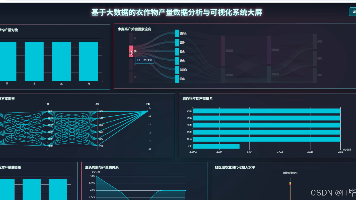
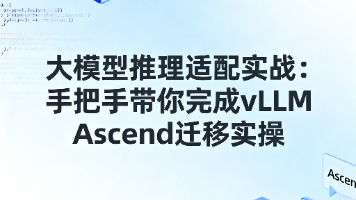
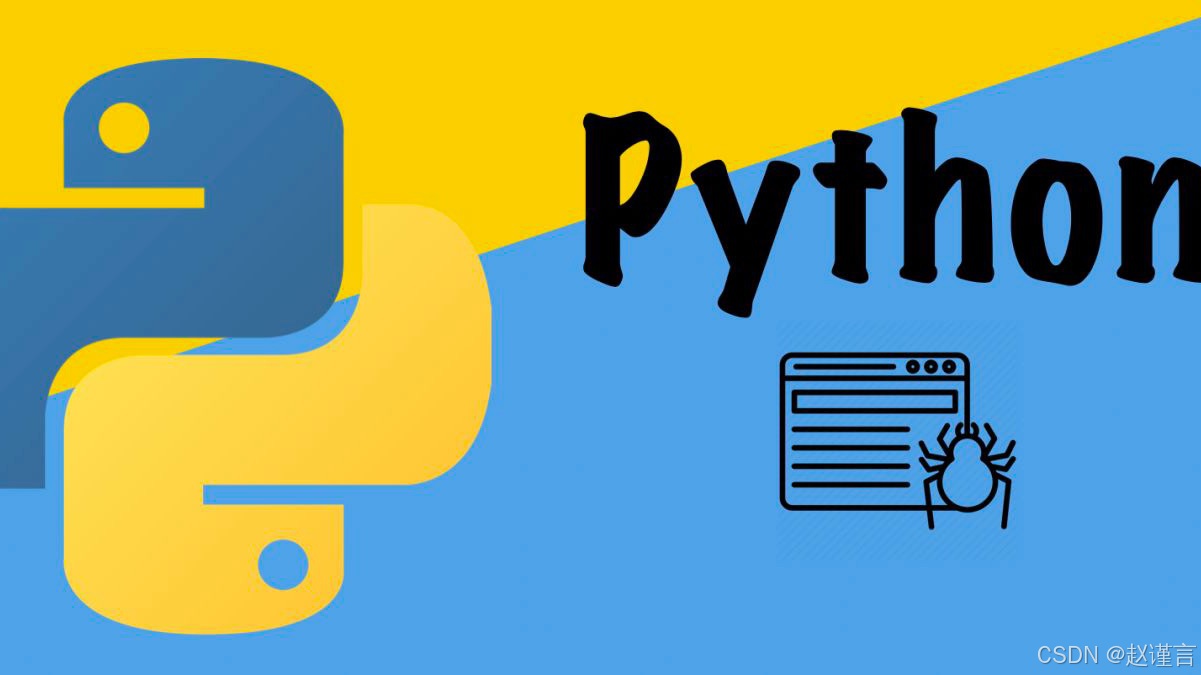





所有评论(0)